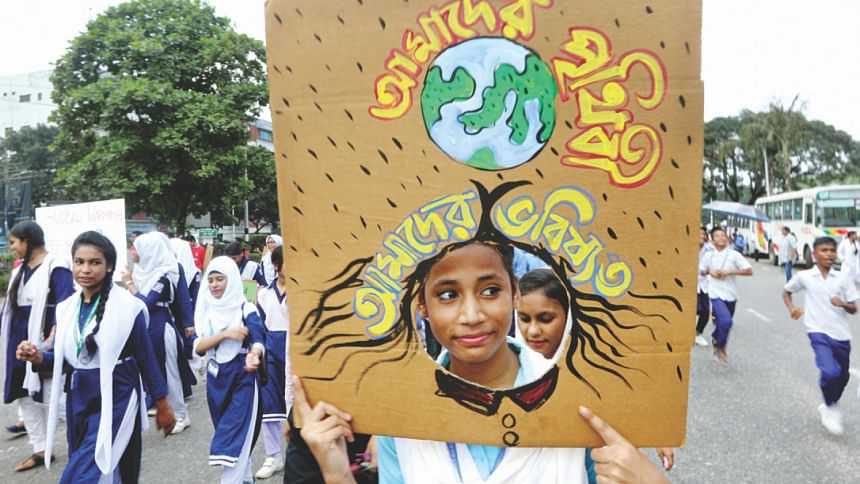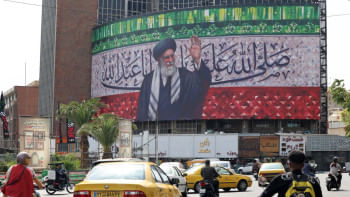COP26 must be the COP for children: UNICEF

Terming climate crisis a "child rights crisis", UNICEF has urged the government heads attending COP26 -- being held in Glasgow, Scotland -- to provide climate education for children and young people so that they can meaningfully contribute to and participate in climate policy and action.
Include young people in all climate negotiations and decisions, UNICEF said.
UNICEF is at COP26 to ensure that the climate crisis is recognised as a crisis for children and their rights, to promote approaches to decrease climate risk for those who are most vulnerable, and to support children and young people's participation in COP26 as part of climate-related decision-making, it said.
"COP26 must be the COP for children," said UNICEF Executive Director Henrietta Fore.
UNICEF has urged the governments to increase investment in climate adaptation and resilience.
"UNICEF urges developed countries to exceed their 2009 promise to mobilize $US100 billion annually in climate finance in light of evidence that these sums are insufficient to address the scale of climate impacts," it said.
"Unless we invest heavily in adaptation and resilience of social services for the 4.2 billion children born over the next 30 years, these children will face increasingly high risks to their survival and well-being," UNICEF said.
It is imperative that, at COP26, countries commit to increasing investment in climate adaptation and resilience in key services for children, prioritising the most vulnerable and marginalised groups.
The decisions made at COP26 will shape the lives of every child in every nation on earth, now and in the future, the UN organisation said.
UNICEF has also urged the governments to reduce greenhouse gas emissions.
"UNICEF is urging countries to cut their emissions by at least 45 percent (compared to 2010 levels) by 2030 to keep warming to no more than 1.5 degrees Celsius," it said.
Climate change poses a major threat to children and young people's health, nutrition, education, development, survival and future potential. Compared to adults, children require more food and water per unit of their body weight, are less able to survive extreme weather events, and are more susceptible to toxic chemicals, temperature changes and diseases, among other factors.
Critically, current and future generations of children will have to navigate an uncertain future where the current model of growth that links economic development to environmental exploitation is no longer viable, UNICEF said.
An August UNICEF report, the Children's Climate Risk Index (CCRI), found almost every child on earth is exposed to at least one climate and environmental hazard, such as heatwaves, cyclones, air pollution, flooding and water scarcity.
Approximately 1 billion children -- nearly half the world's children -- live in 33 countries classified in the Index as "extremely high-risk". These children face a deadly combination of exposure to multiple climate and environmental shocks with a high vulnerability due to inadequate essential services, such as water and sanitation, healthcare and education.

 For all latest news, follow The Daily Star's Google News channel.
For all latest news, follow The Daily Star's Google News channel. 



Comments